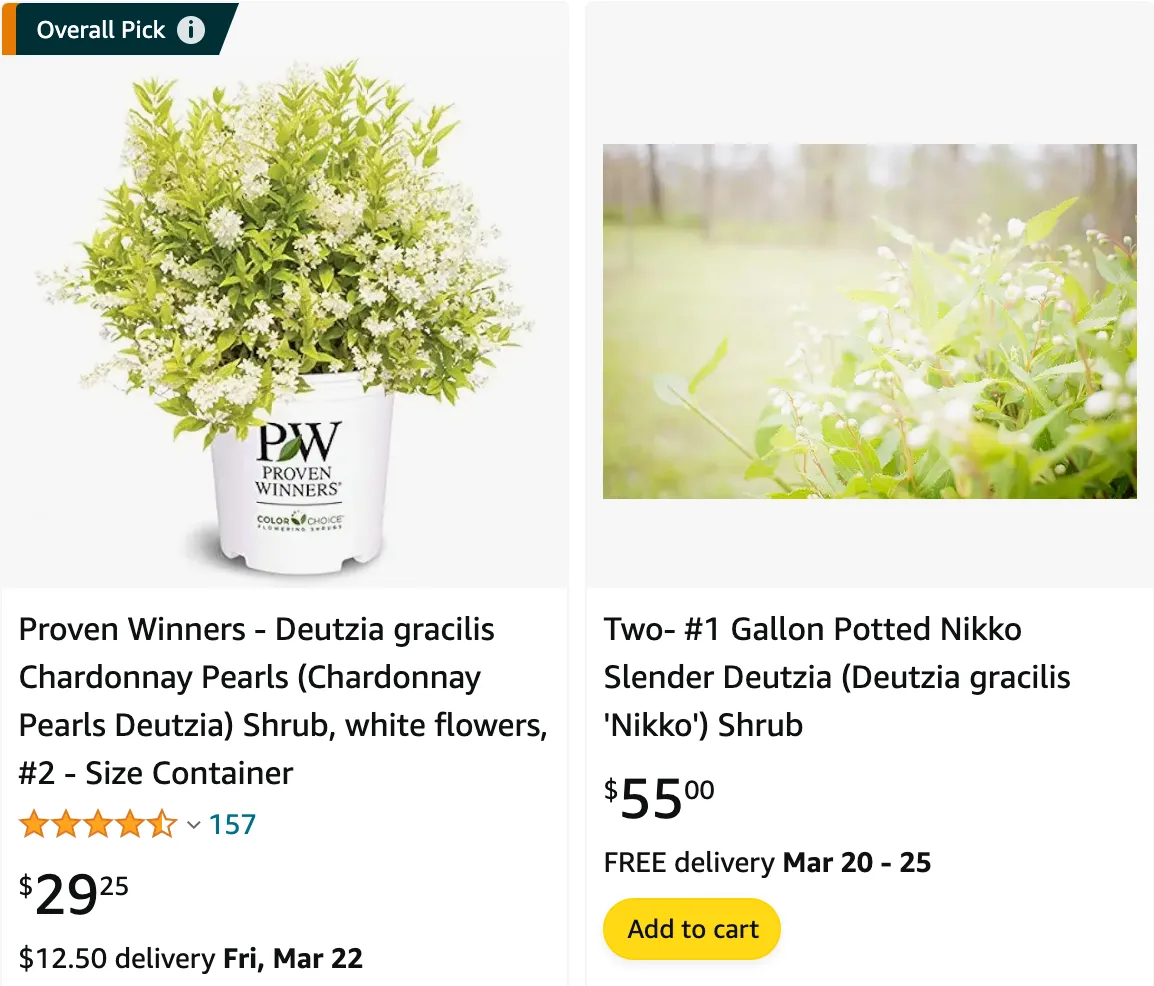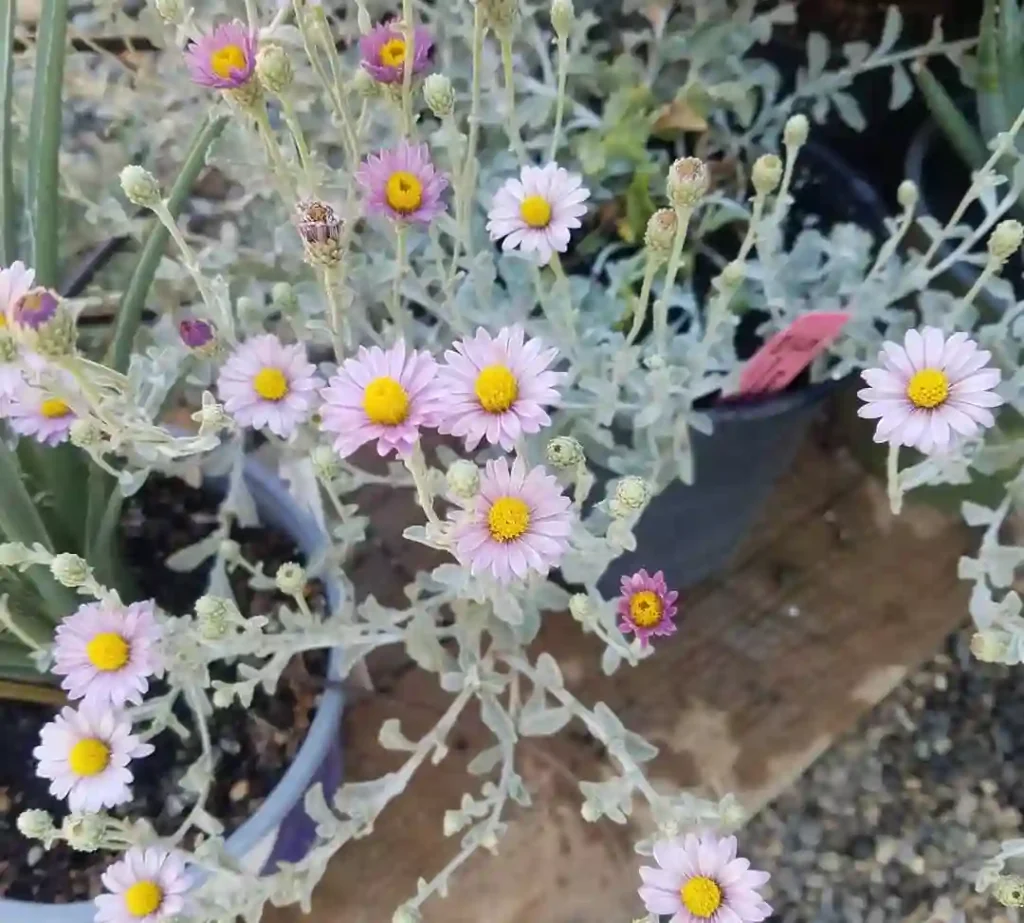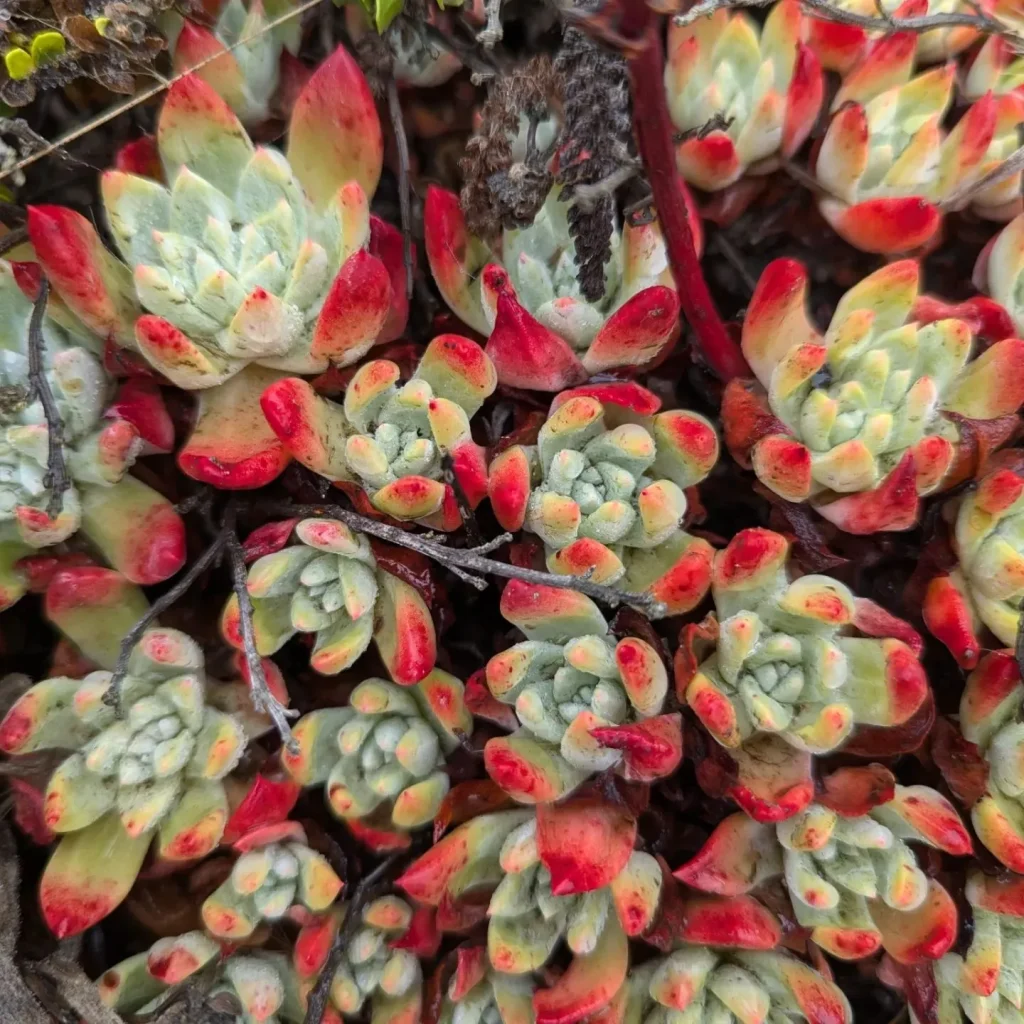
Slender Beauty: My Love Affair with Deutzia Gracilis
Deutzia gracilis, with its cascading branches adorned with a delicate veil of white flowers, has become a cherished resident of my garden. This graceful shrub, native to Japan, isn’t just a visual treat; it’s surprisingly low-maintenance and a welcome haven for pollinators. Over the years, I’ve learned the intricacies of caring for this delightful plant, and I’m here to share my experience.
69 Species in Genus Deutzia
Canine Companions and Deutzia Gracilis?
Before welcoming any new plant into your garden, especially if you have furry friends, it’s crucial to ensure their safety. Thankfully, Deutzia gracilis isn’t listed as toxic by the American Society for the Prevention of Cruelty to Animals (ASPCA). So, you can breathe a sigh of relief – your canine companions can frolic around the Deutzia without worry.
Portland Paradise: A Home for Deutzia Gracilis?
If you reside in Portland, Oregon, with its cool summers and mild winters, you’re in luck! Deutzia gracilis thrives in these Pacific Northwest conditions. The moderate temperatures and ample rainfall create an ideal environment for this flowering shrub to flourish.
How to care for Deutzia Gracilis?
Now, let’s delve into the delightful world of caring for Deutzia gracilis. Here are some key aspects to remember:
- Sunlight: Deutzia gracilis prefers a location with full sun to partial shade. In particularly hot climates, afternoon shade can be beneficial to prevent scorching.
- Soil: Well-drained soil is essential. Amend clay soils with compost or other organic matter to improve drainage.
- Watering: Water regularly, especially during the first growing season, allowing the top inch of soil to dry slightly between waterings. Established plants are more drought-tolerant but will appreciate deep watering during dry spells.
- Fertilizing: A light application of balanced fertilizer in early spring can encourage healthy growth and abundant blooms.
The Art of Pruning: Maintaining Deutzia Gracilis
Pruning is vital for maintaining the shape and promoting flower production in Deutzia gracilis. Here’s how to keep your shrub looking its best:
- Timing: The ideal time to prune is after flowering has finished, typically in late spring or early summer.
- Technique: Remove dead, diseased, or overcrowded branches. You can also lightly trim to shape the plant and encourage bushier growth. Avoid drastic pruning, as this can reduce flowering.
Beyond the Basics: Additional Tips for Deutzia Gracilis
Here are some additional pointers to ensure your Deutzia gracilis thrives:
- Mulching: Apply a layer of mulch around the base of the plant to retain moisture, suppress weeds, and regulate soil temperature.
- Deadheading: Removing spent flowers can encourage a second flush of blooms and keep the plant looking tidy.
- Pests and Diseases: Deutzia gracilis is generally pest- and disease-resistant. However, keep an eye out for common garden problems like aphids or powdery mildew. Address any issues promptly with organic methods whenever possible.
A Lifelong Companion: The Enduring Appeal of Deutzia Gracilis
Deutzia gracilis has become a cherished part of my garden. Its graceful form, delicate blooms, and low-maintenance nature make it a true delight. With proper care, this enchanting shrub can grace your garden for years to come, offering a burst of beauty and a haven for pollinators. So, if you’re seeking a fuss-free flowering shrub with undeniable charm, consider welcoming Deutzia gracilis into your horticultural haven.
If i die, water my plants!



